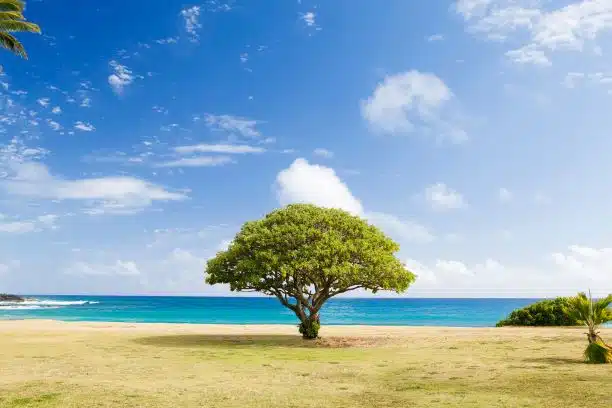“Never doubt that a small group of thoughtful, committed citizens can change the world; indeed, it’s the only thing that ever has” – Margaret Mead
“Never doubt that a small group of thoughtful, committed citizens can change the world; indeed, it’s the only thing that ever has” – Margaret Mead
Always aim to reduce your emissions before using carbon offsets
Offset carbon emissions through Circular Ecology using verified carbon credits

Circular Ecology is committed to the release of free data, tools and resources to help others reduce their emissions and manage their sustainability journey.
In fact, we divert £1 per tonne of CO2e offset to this. You can view our resources section to see where this goes.
We buddy carbon offsets with tree planting. For each tonne of carbon offset, we will arrange for a tree to be planted.
Our chosen tree planting partner, Eden Reforestation Projects, plants trees in locations such as Madagascar, Haiti, Nepal, Indonesia, and Mozambique. These are all nations that have been ravished by deforestation.
Trees provide a habitat for animals, purify water sources, control flooding and erosion and help to replenish the soil with nutrients needed for farming.

We use carbon offsets, also know as carbon credits, only from the highest quality offset schemes. These include the Gold Standard, Verified Carbon Standard (VCS) and the United Nations Clean Development Mechanism (UN CDM).
These are all schemes which have a verification process, to ensure that carbon offset credits are:
Carbon offset projects include renewable energy projects such as wind turbines, solar PV and biogas, amongst others. For more information, check out our frequently asked questions.
Interested in learning more about carbon offsetting? Visit our Frequently Asked Questions page or contact us if your question is not on the list.
Please visit our online store to view our full range of carbon offset products.
“He who plants a tree, plants a hope” – Lucy Larcom
“Small acts, when multiplied by millions of people, can transform the world” – Howard Zinn
“Every individual matters. Every individual has a role to play. Every individual makes a difference” – Jane Goodall
Please see our featured carbon offset products below. Click on each one to find out more about the wider benefits these projects can contribute and how they impact local communities.
Circular Ecology are an official partner of the Eden Reforestation Projects and will plant 4 trees per tonne of CO₂e, which is included in the provision of all offsets.
Alongside our tree planting, we also commit to diverting £1 per tonne CO₂e from every sale to support the release of free data, tools and resources.
Interested in learning more about carbon offsetting? Visit our Frequently Asked Questions page or contact us if your question is not on the list.
Please visit our online store to view our full range of carbon offset products.